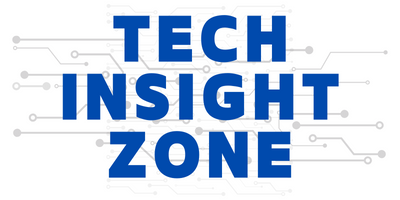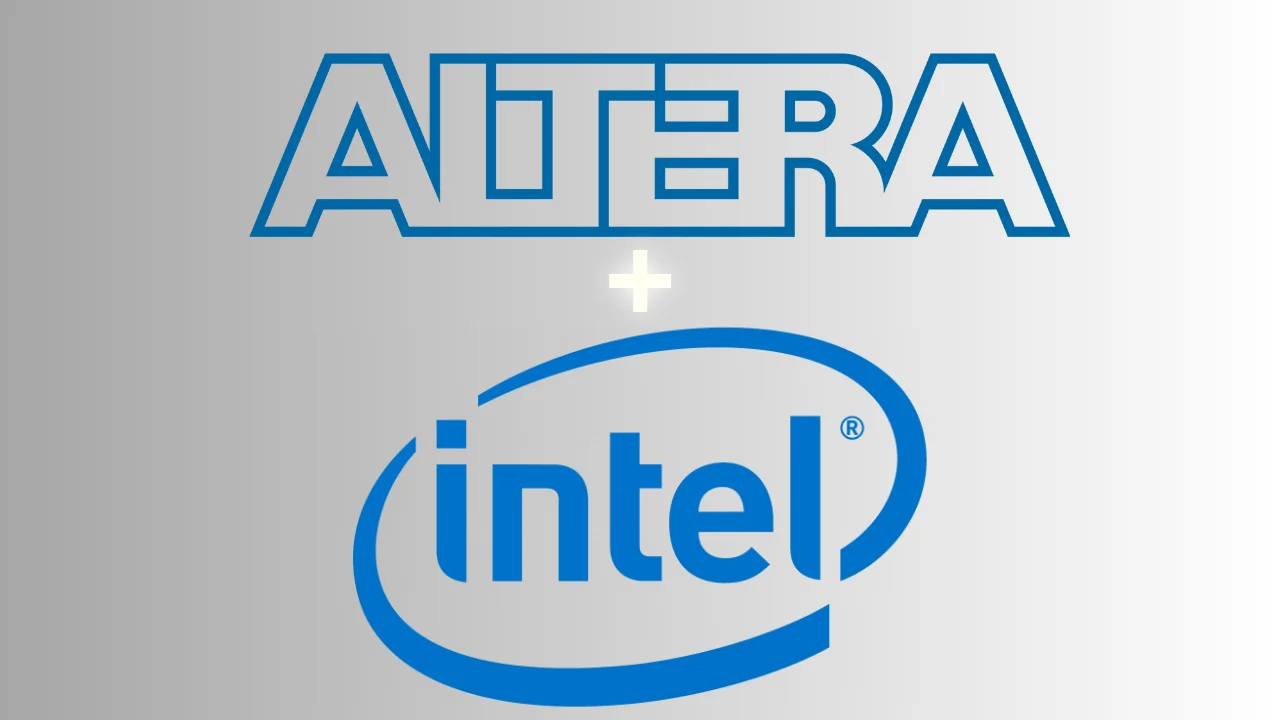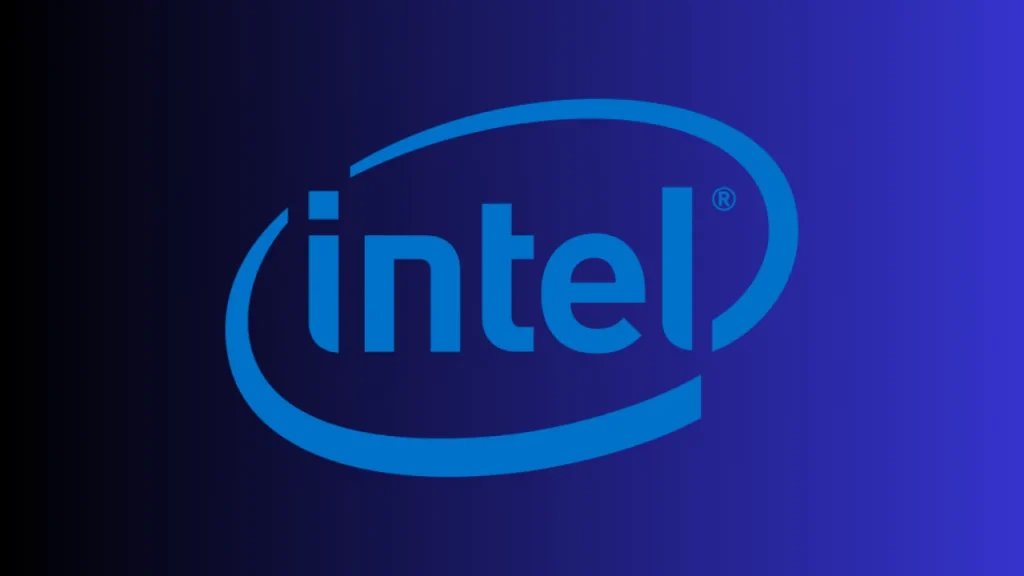The realm of technology is always in a state of flux, with new advancements emerging and making a lasting impact across various industries. Recently, Intel has made a landmark decision to establish a standalone FPGA operation, which marks a significant shift towards customizable computing.
This move has placed us at the crossroads of innovation, offering highly personalized solutions and unbridled computational power that can revolutionize the way we approach technological challenges.
With this development, we can expect a new era of progress, where the possibilities of cutting-edge technology are endless.
Let’s delve further into this decision and examine what it signifies for us.
From Acquisition to Independence: A Strategic Union Takes Flight
The story begins in 2015 when Intel strategically acquired Altera, a company renowned for its expertise in field-programmable gate arrays (FPGAs). This acquisition wasn’t merely a business transaction, but a fusion of expertise.
Intel’s manufacturing prowess merged with Altera’s mastery of FPGAs, forming a formidable partnership. Now, with the launch of the independent FPGA operation, Intel takes a bold step towards further solidifying its position in this dynamic field.
FPGAs: The Unsung Heroes on the Rise
For years, FPGAs have been the silent workhorses shaping our digital experiences. Unlike their fixed-function counterparts, these chips offer remarkable malleability. They empower developers to sculpt hardware to perfectly suit specific tasks, seamlessly blurring the lines between software and silicon. With Intel’s standalone FPGA operation, this adaptability reaches unprecedented heights.
Imagine a vast canvas where engineers can paint custom circuits, fine-tuning them in real time to meet their specific needs. This opens doors to a future where hardware can be tailored to individual requirements, not the other way around.
The Dynamic Duo: Agilex and Stratix Take Center Stage
At the heart of this endeavor lie two prominent FPGA families: Agilex and Stratix. Let’s delve deeper into their unique strengths:
-
Agilex: The Shape-Shifting Powerhouse
- It boasts a heterogeneous 3D system-in-package (SiP) architecture, making it the ultimate Swiss Army knife for developers.
- Offers an exceptional blend of high performance, power efficiency, and agility.
- Adapts seamlessly, whether you’re optimizing data center operations or fine-tuning edge devices, making it ideal for diverse applications where flexibility is paramount.
-
Stratix: The Unwavering Workhorse
- Caters to applications demanding uncompromised performance, including high-performance computing, networking, and hardware acceleration.
- Imagine a thoroughbred galloping effortlessly through complex algorithms, powered by the magic of FPGAs. Stratix is built for speed and endurance, tackling demanding tasks with unwavering reliability.
A Ripple Effect: FPGAs Transforming Industries
The impact of standalone FPGAs extends far beyond the realm of hardware development. Let’s explore how they are poised to revolutionize various sectors:
a. Data Centers: The Beating Heart of the Digital Age
Data centers are the engines powering our digital lives, constantly crunching numbers, analyzing trends, and serving information. Standalone FPGAs empower them to become chameleons, adapting efficiently to ever-changing workloads, regardless of the task – financial modeling, simulations, or complex data analysis. This dynamic optimization ensures that data centers function at peak efficiency, delivering faster results and reducing operational costs.
b. 5G Networks: Ushering in an Era of Unparalleled Speed and Flexibility
5G technology is not just about blazing-fast speeds, but also about dynamic adaptability. Network operators juggle a diverse range of devices with varying needs. Standalone FPGAs provide the key to customizing network infrastructure, akin to fine-tuning instruments for a harmonious symphony. This translates to low latency, seamless connectivity, and efficient network orchestration, ensuring a smooth and responsive user experience for everyone connected to the network.
c. Edge Computing: Enabling Real-Time Decisions at the Frontier
From autonomous vehicles and drones to industrial robots, edge computing devices operate on the cutting edge, requiring split-second decision-making capabilities. FPGAs play a crucial role by reducing reliance on distant cloud resources. They enable local data processing, ensuring safety, security, and real-time responsiveness – a touch of magic for the devices operating at the very edge of the network. This allows for faster response times and improved decision-making at the operational level.
c. AI and Machine Learning: Supercharging the Brains of the Future
AI models are data-hungry beasts, constantly demanding more speed and efficiency. Standalone FPGAs step in as the perfect performance boosters. They accelerate inferencing, a critical process in AI applications like natural language processing, image recognition, and recommendation systems. In essence, FPGAs give these AI models a much-needed turbo boost, enabling them to learn and process information with ease.
Challenges and the Quest for Simplicity
Undoubtedly, every hero confronts obstacles in their journey. Similarly, FPGA programming is a challenging task that requires a strong will and determination. However, there’s no need to feel intimidated!
Intel provides developers with an extensive collection of tools, libraries, and support to assist them in their FPGA programming endeavors. With Intel’s assistance, the path to FPGA mastery can be made more accessible and less daunting.
Conclusion: A Symphony of Customization
Intel’s latest announcement regarding its standalone FPGA operation is more than just a product launch; it is a symphony that brings together the notes of customization, innovation, and adaptability in perfect harmony.
This new technology opens up a world of possibilities for code whisperers, network architects, and curious minds alike. The FPGA horizon is a vast canvas waiting for your strokes, a circuit board yearning for your creativity.
With this technology, you can unleash your imagination and create something truly unique and innovative. The FPGA operation allows for unparalleled customization, giving you the freedom to tailor your solutions to your specific needs.
Additionally, it is incredibly adaptable and can be tailored to fit a wide range of applications. So, whether you’re looking to optimize your network infrastructure or create cutting-edge AI algorithms, the FPGA operation is the perfect platform for your next project. Keep your eyes on the horizon, and let your creativity run wild.
Furthermore, dive deeper into Intel’s recent activities on the vPro platform and its impact on businesses, and witness firsthand the AI revolution in the workplace.





